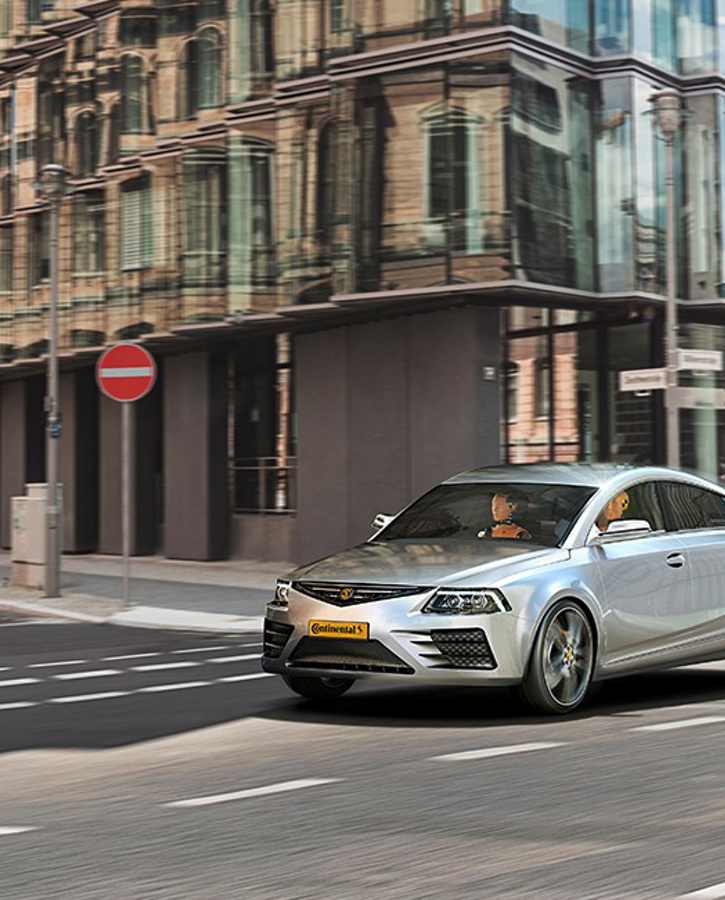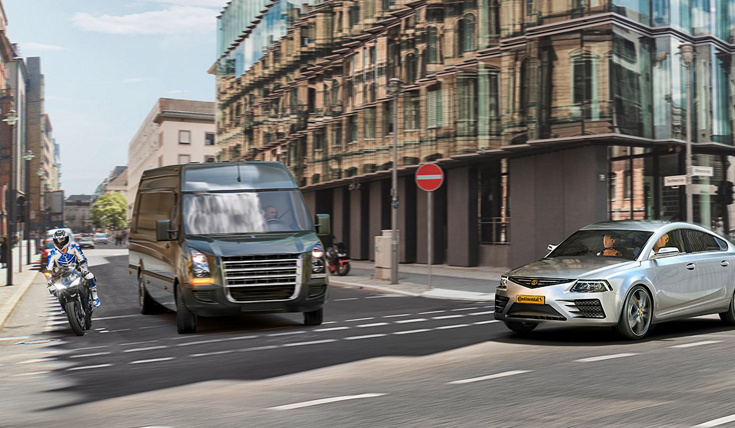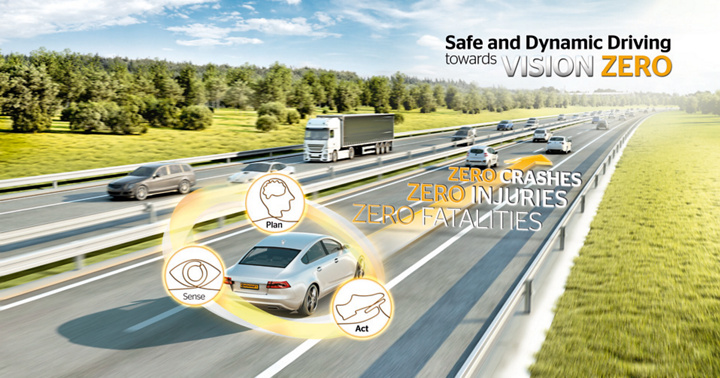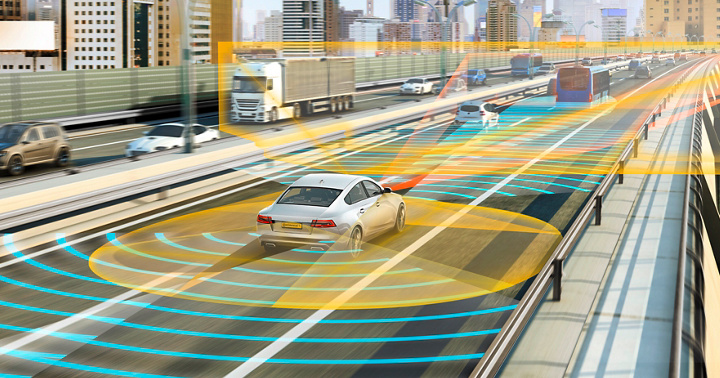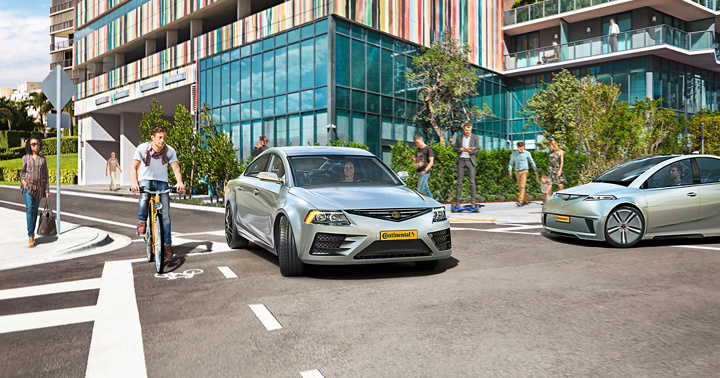You can neither see it nor hear it. Discreet lettering on the steering wheel or dashboard is the only indication that it even exists: the airbag. But when needed, it is there in a fraction of a second. It deploys, saves lives or prevents serious injuries, and immediately collapses again. The airbag is still one of the most important components when it comes to road safety – more than 100 years after it was invented by American aviation pioneers and around 50 years after it was first used in cars. Continental is leading the way in continuously optimizing conventional airbag technology: with the help of artificially intelligent software, for example.
Without the intelligence of control units that trigger the airbags, for example, Continental’s Vision Zero would be inconceivable. “The airbag is still a key safety system in vehicles today,” says Andreas Forster, expert in restraint systems in the Passive Safety and Sensorics innovation area at Continental. “Despite major advances in sensor technology and anticipatory accident prevention, we’ll continue to be faced with unpredictable traffic situations for some time to come. The airbag principle itself may be old. But thanks to innovative algorithms and the together with the seat belt, current generations offer the best protection in the event of accidents.”
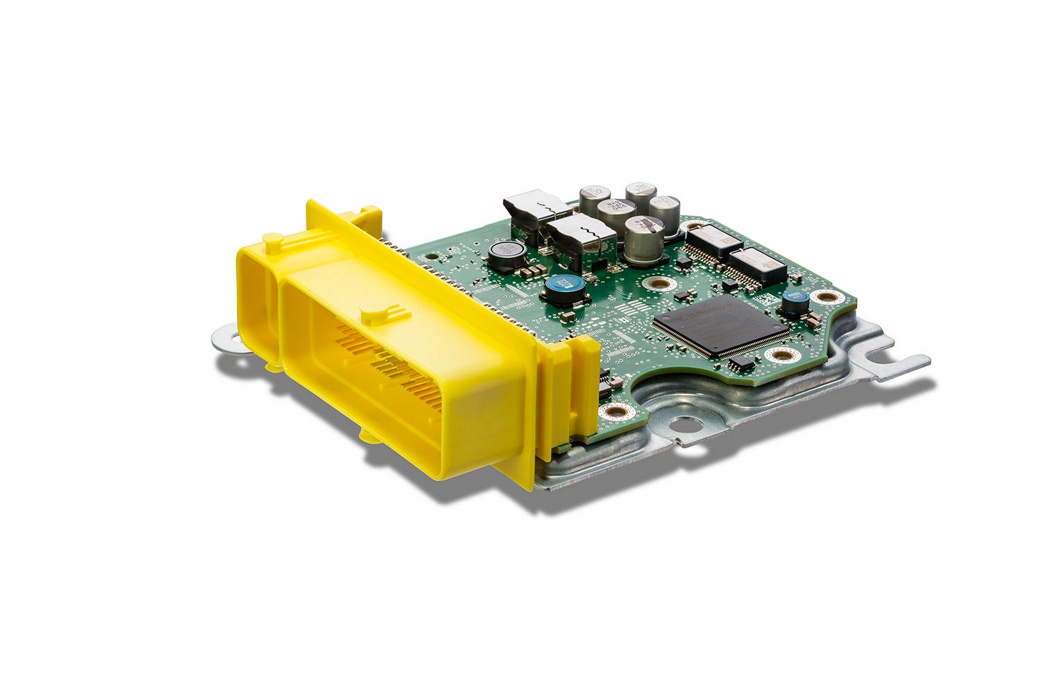
Passive safety – protection inside and outside the vehicle
So-called passive safety systems – the airbag being the most prominent example – are crucial when it comes to the success of Vision Zero and greater safety on the roads. Such systems come into play when an accident can no longer be avoided.
In this area, too, Continental is ensuring greater safety on the roads through intelligent innovations. For one thing, in the vehicle itself through ever more advanced “classics” such as airbag control units and through intelligent systems such as Continental’s Active Emergency Belt Control – the variable, active seat belt tensioner. The Occupant Safety Monitor also provides valuable support: the system constantly monitors the vehicle’s interior and provides information about the occupants’ seat position, head position and distance to the airbag system, among other things. In this way, the optimum deployment strategies for the restraint systems can be calculated at all times – and individually for each occupant. In the future, features will also be developed to raise the backrests of the front seats within fractions of a second and bring the occupants into an optimum seating position just before the crash.
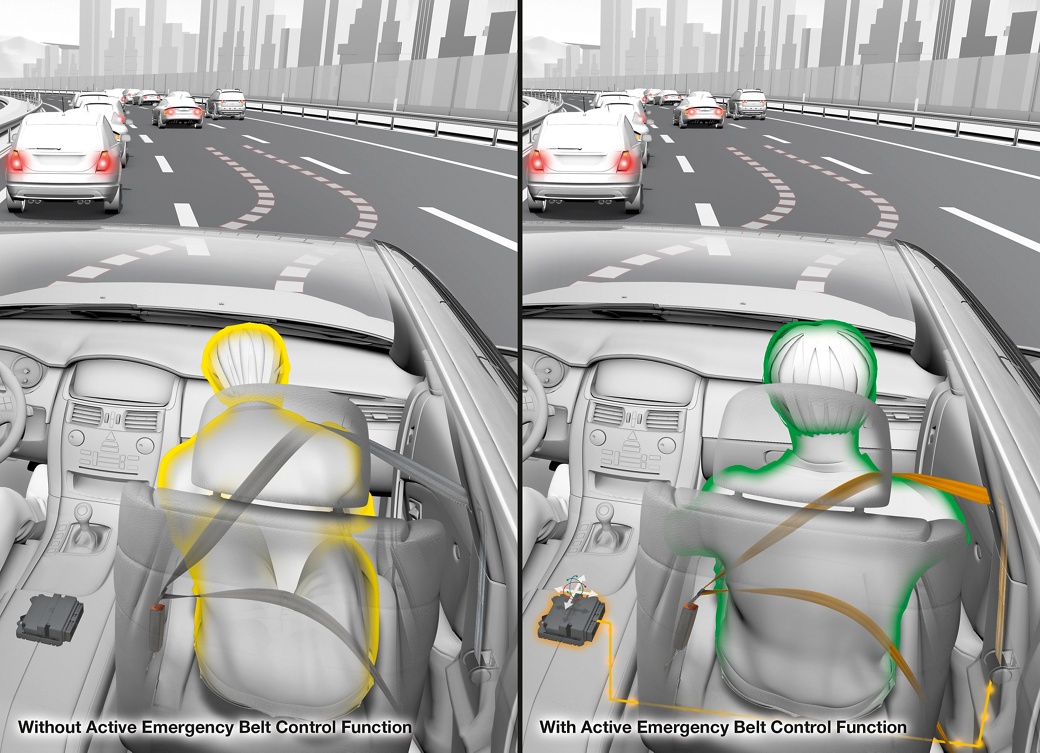
But passive safety systems also protect people outside the vehicle too. “The issue of ‘vulnerable road users’ is crucial today when it comes to significantly reducing the number of road casualties,” explains Andreas Forster from Continental. At intersections – which are particularly critical accident hotspots worldwide, road users such as pedestrians, cyclists and users of new forms of transport such as electric scooters can collide with a vehicle from all directions at all conceivable angles, and especially from the front. Measures that can be taken here include engine hoods that can be raised automatically in just a few milliseconds to minimize the severity of injuries in the event of a collision, for example. With the active engine hood, Continental offers a pedestrian protection system just like this, aimed at specifically protecting those people who are often among the most severely affected victims of traffic accidents.
Artificial intelligence is becoming increasingly important
Research and development is ongoing, always in line with the results of Continental’s own accident research. In the future, artificial intelligence (AI) will increasingly be used to mitigate and then ultimately prevent accidents altogether. Continental is cooperating with the Technical University Ingolstadt of Applied Sciences in Germany, for example, on the development of a safety system for highly automated vehicles. The system for the anticipatory activation of airbags works together with vehicle detection by radar and camera. The unavoidability of a collision and the expected accident severity are calculated on the basis of the worst-case assessment of a vehicle dynamics model. AI algorithms predict the risk to the occupants and decide on the safety measures to be taken in order to minimize the consequences of the accident.
With this aim in mind, the AI is trained with all conceivable accident scenarios. However, there are also rather “unconceivable” scenarios, such as “a giraffe on the highway,” as explained by Andreas Forster.
A giraffe as a traffic obstacle is extremely unlikely in large parts of the world, but if the worst comes to the worst – perhaps a giraffe has escaped from a zoo – it still has to be recognized by the AI.”

Andreas Forster,
Innovation Manager for Future Restraint Systems in Continental’s Passive Safety and Sensorics segment
For this reason, Continental is working together with researchers at the Ingolstadt Technical University to develop innovative AI systems that reliably identify obstacles of any kind, even if the obstacle “giraffe,” for example, was not previously part of the training dataset learned by the AI. The new safety system will then calculate the size of the object, the potential collision angle and the energy with which the vehicle and the obstacle will collide in relation to the predicted speed of the car at the time of the crash. If a collision can no longer be avoided, the emergency brake assist will be activated and the airbag system prepared simultaneously.
While Andreas Forster is thinking through this use case, he suddenly pauses. Perhaps the example with the giraffe sounds a little macabre? He wants to make sure of one thing: Continental is not endangering any giraffes during its research work. “The use case could also be explained by taking the example of a refrigerator.” And so he starts again: “If, for example, there is a refrigerator on the highway…”
